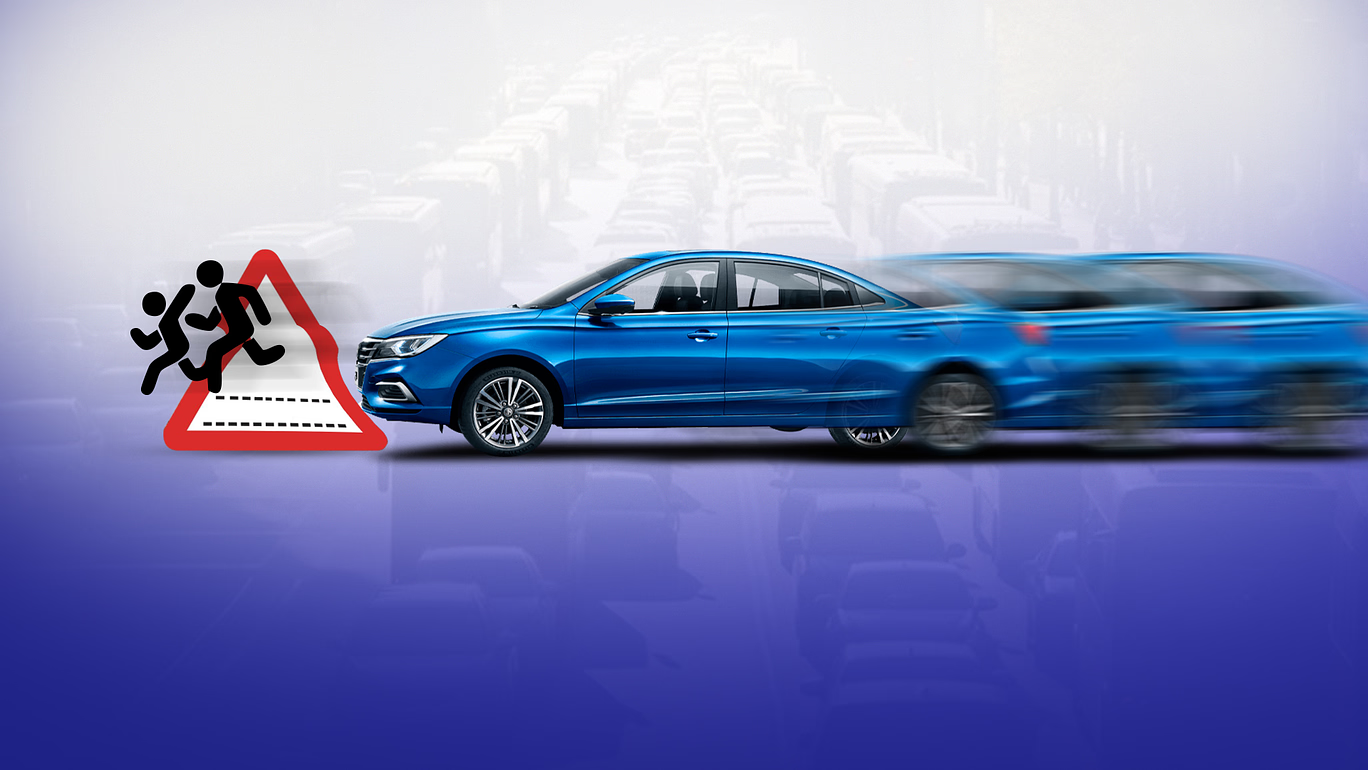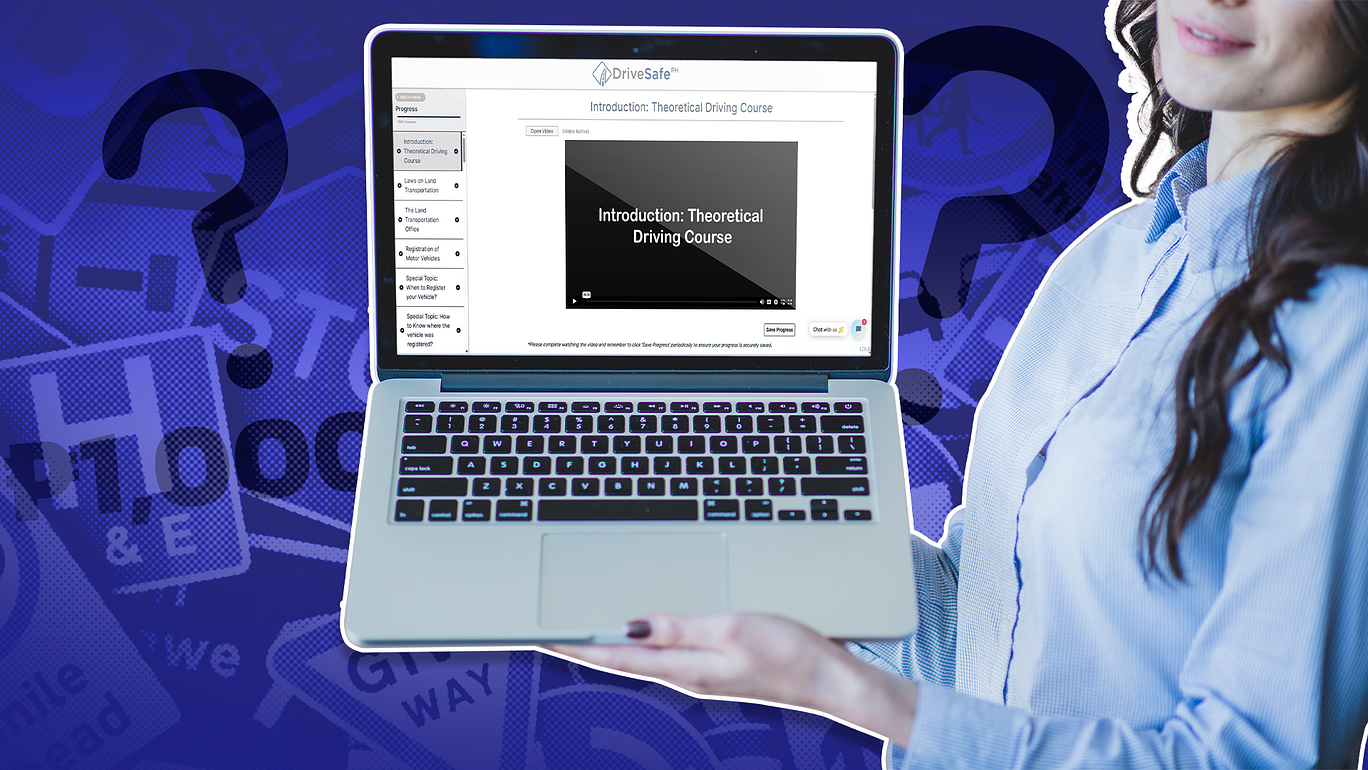RA 8749 is a comprehensive air quality management policy and program that aims to achieve and maintain healthy air in the country. Read through this blog to learn about the Anti-Smoke Belching Law.
At some point, we have been witnesses to vehicles on the road that has black smoke coming out of their exhaust pipe. Not only is it not a good sight to see, but sometimes the smell can seep right into your nose too.
RA 8749 is a comprehensive air quality management policy and program that aims to achieve and maintain healthy air in the country.
Smoke belching violates the Philippines Clean Air Act as it focuses on vehicles that emit excessive harmful fuels that can disrupt the cleanliness of the air in the country.
Smoke is described as “belching” from motor vehicles as a reference to someone belching gas from the stomach. Smoke belching is a forceful expulsion of thick smoke from a pipe or from a vehicle’s exhaust system.
Read along to understand the following with regard to smoke belching
- Causes
- Ways to avoid the problem
- The Anti-Smoke Belching Law program
- How is your car tested
- Fines and penalty
What causes Smoke Belching?
Smoke belching is mainly caused by an imbalance in the air-to-fuel ratio of a motor vehicle. It might be because the fuel is not burnt entirely or too much is being sprayed on the engine.
If this happens, check the following:
- Air filter. – check for clogging or blockage
- Faulty fuel pressure regulator – too much pressure may cause the exhaust pipe to combust.
- Leaking fuel injector – Leakages spray an excessive amount of fuel into your engine.
- Faulty sensors (air and fuel gauge, airflow sensor, and Faulty coolant sensor) – Faulty sensors may cause an imbalance between the air and fuel ratio.
How to avoid smoke belching
The impact of global warming has become painfully obvious, and we don’t want to be contributors to that. Here are some steps that you can take to keep your car in shape and to help our environment.
- Visit an emission testing center yearly or as often as you think is necessary to evaluate if your car passes the exhaust emission standard properly.
- Perform regular car maintenance as prescribed by your car’s manufacturer. It helps too to always look at your gauges for indications of faulty wirings and parts of your motor vehicle.
- Step on your gas pedal surely but gently. Excessive pressure can unnecessarily push your engine to its limits and combust and/or cause further damage.
- Check and maintain your oil level. Overfill may lead to leakage; it is always best to use clean, high-quality oil so that your engine will always be lubricated enough to avoid premature wear out.
The anti-smoke belching law program “Tanggal Bulok, Tanggal Usok”
The roadworthiness of vehicles has to be checked by inspecting the tires and lights and by conducting smoke tests on the exhaust systems of vehicles.
The anti-smoke belching law program aims to eliminate vehicles that emit black smoke on the road, made possible through the participation of the Land Transportation Office (LTO). Enforcers are trained and are provided with the right equipment to be able to justify a violation.
How is your car tested for smoke belching
Philippine star
A cloud of black smoke is not a determining factor that a vehicle is belching smoke but rather an indicator only that something in the vehicle’s exhaust pipe is wrong. A confirmatory test is done by an enforcer using equipment with a sensor that has to be put in a vehicle’s exhaust pipe for testing.
A series of tests are done to be able to have regulated testing guided by principles made clear by the LTO.
Remember that an enforcer must give you a receipt of the testing result, along with succeeding actions that needs to be done.
Failure to pass a smoke test gives MMDA the right to confiscate a vehicle’s license plate.
The MMDA said that the average acceptable reading should be PM 2.5.
Fines and Penalty
For the first offense, a Php 2,000 fine is given, while for the second offense, a Php 4,000 is given. Lastly, the third offense comes with a Php 6,000 fine and a one-year suspension of motor vehicle registration (MVR).
There are just so many things to learn and keep in mind to be a responsible driver in the Philippines; this includes proper maintenance of the vehicles that we use to drive around.
Drivesafe PH provides a theoretical driving course that helps you understand the basics of driving in comprehensive detail. Drivesafe PH is the 1st LTO Accredited Online Theoretical Driving Course Provider, a social learning platform that provides accessibility to Defensive Driving Education to future Filipino drivers who would like to take the first step in Road Safety.


